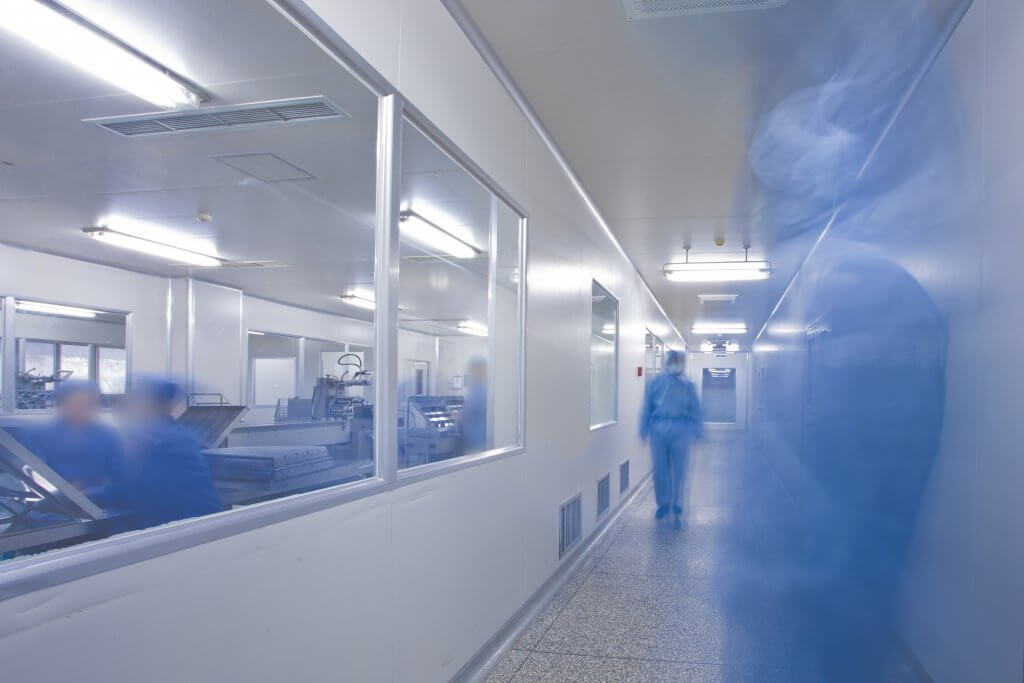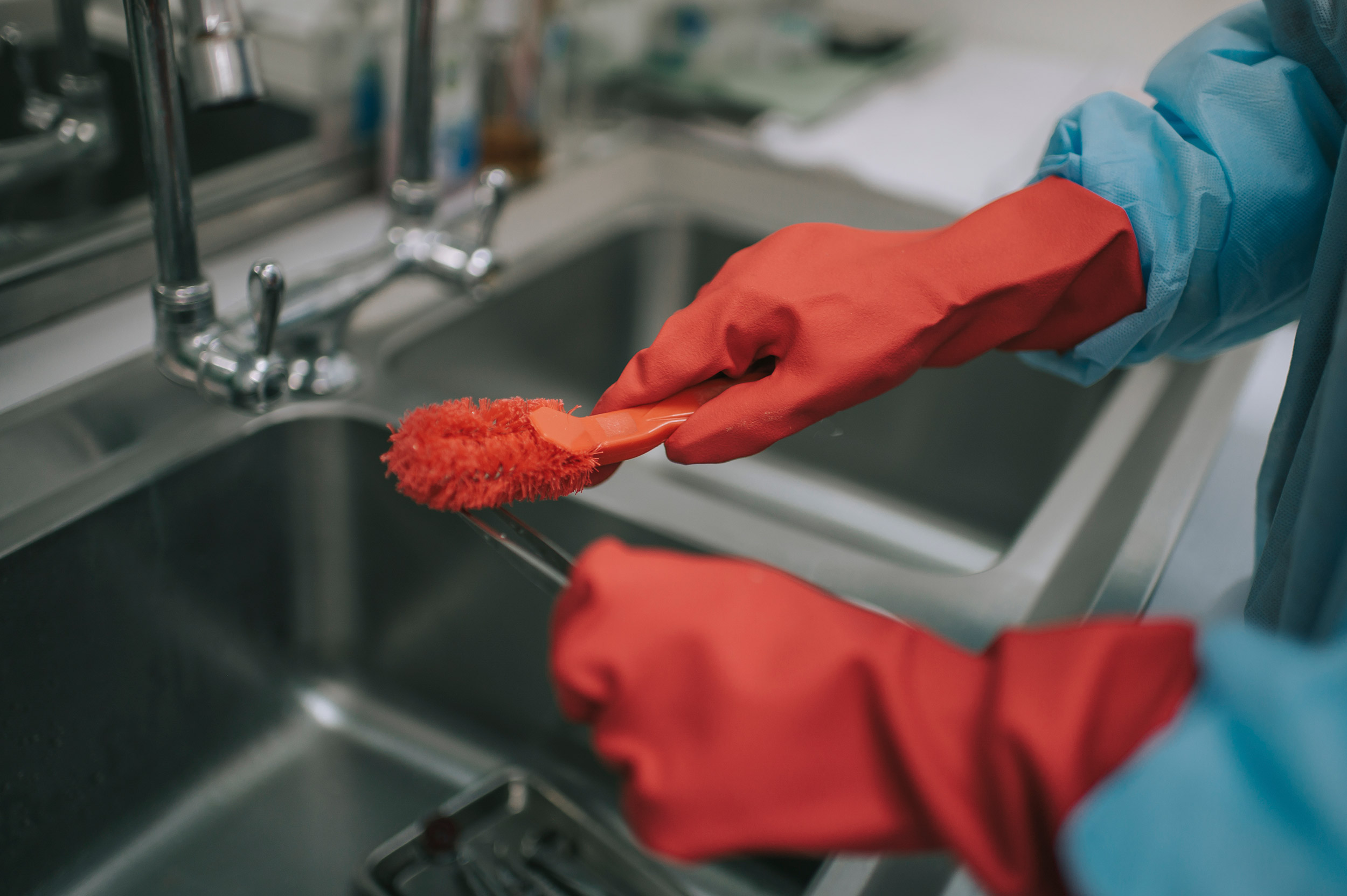
A study to quantify the rate of unrecognized exposure of an endoscopist’s face to potentially infectious biologic samples concludes that facial shields should be used during GI endoscopy.
The six-month study, conducted out of the Veterans Affairs Pittsburgh Healthcare System (VAPHS) gastroenterology lab and published in Gastrointestinal Endoscopy, demonstrated that a lack of protection may place endoscopists at risk of exposure to blood and body fluids on their face, leading to transmission of infectious diseases to the endoscopist or their patients.
That’s because endoscopists do not routinely wash their faces after procedures but may touch their faces and then subsequently the patient.
The American Society for Gastrointestinal Endoscopy (ASGE) guidelines recommend that staff directly involved in endoscopy wear gloves, impervious gowns and face and/or eye shields. The ASGE also recommends that individual facilities determine their own policies based on OSHA- and state-recommended guidelines for wearing face and/or eye shields or masks.
Until recently, there was no evidence-based research underlying these guidelines. As a result, eye and face protection practices vary widely from one facility to the next.
Researchers tracked a total of 1,100 procedures in 239 endoscopy sessions over six months for this study. Researchers collected bacterial cultures from four gastroenterologists' face masks before and after each procedure. They also collected samples from face masks placed in various spots around the endoscopy suite, including the suite wall and the remote patient intake bay wall.
Lastly, researchers collected cultures from face masks that were deliberating contaminated by colonoscopes after the procedures.
The researchers swabbed all surfaces and cultured them for a 48-hour period. They quantified bacterial growth as “no growth” or by the number of colony-forming units, or CFUs. Specific organisms were not identified because the intent of the study was solely to demonstrate exposure.
Out of the pre-endoscopy samples, the CFU growth rates were low, registering at 4.8 percent to the face, 3.4 percent to the suite wall, and 2 percent to the patient intake bay wall.
Post-endoscopy sample numbers jumped substantially. For the face masks worn by endoscopists, the exposure rate hit 45.8 percent; the suite wall group tested at 21.4 percent; and the patient intake bay wall group showed an increase to 16 percent CFU.
The study revealed the first direct correlation between positive bacterial cultures and a risk to endoscopists during procedures. The researchers concluded that the occurrence of an unrecognized splash containing bacteria occurring to the endoscopist’s face to be 5.6 of 100 half days of endoscopy performed. The exposure risk to staff standing up to six feet away could total a rate of 3.4 per 100 half days.
“For the GI endoscopist, depending on practice pattern, this could translate to multiple unrecognized exposures a year,” the study’s authors write.
Endoscopists and their assisting staff, the researchers concluded, should routinely wear facial protection during endoscopy. Endoscopy suite surfaces up to six feet away from patients should be thoroughly cleaned between procedures. This would reduce the risk of patient-to-patient exposure to pathogens.
Further studies are needed to determine the clinical significance of this exposure during GI endoscopy, according to the study. That’s because exposure to an endoscopist’s face does not equate to mucous membrane (eyes, oral, and nasal cavities) exposure.
Also, a polymicrobial splash to the face may or may not have pathogenic organisms or blood. This, however, could represent a possible transmission source of Clostridium difficile or other multidrug-resistant organisms.
Elyse R. Johnston, MD; Nadia Habib-Bein, MD; Jeffrey M. Dueker, MD; Barbara Quiroz, RN; Enrico Corsaro; Megan Ambrogio, RN; Michael Kingsley, MD; Georgios I. Papachristou, MD; Christianna Kreiss, MD; and Asif Khalid, MD, conducted the research.
All are affiliated with VAPHS and/or the University of Pittsburgh Medical Center.


